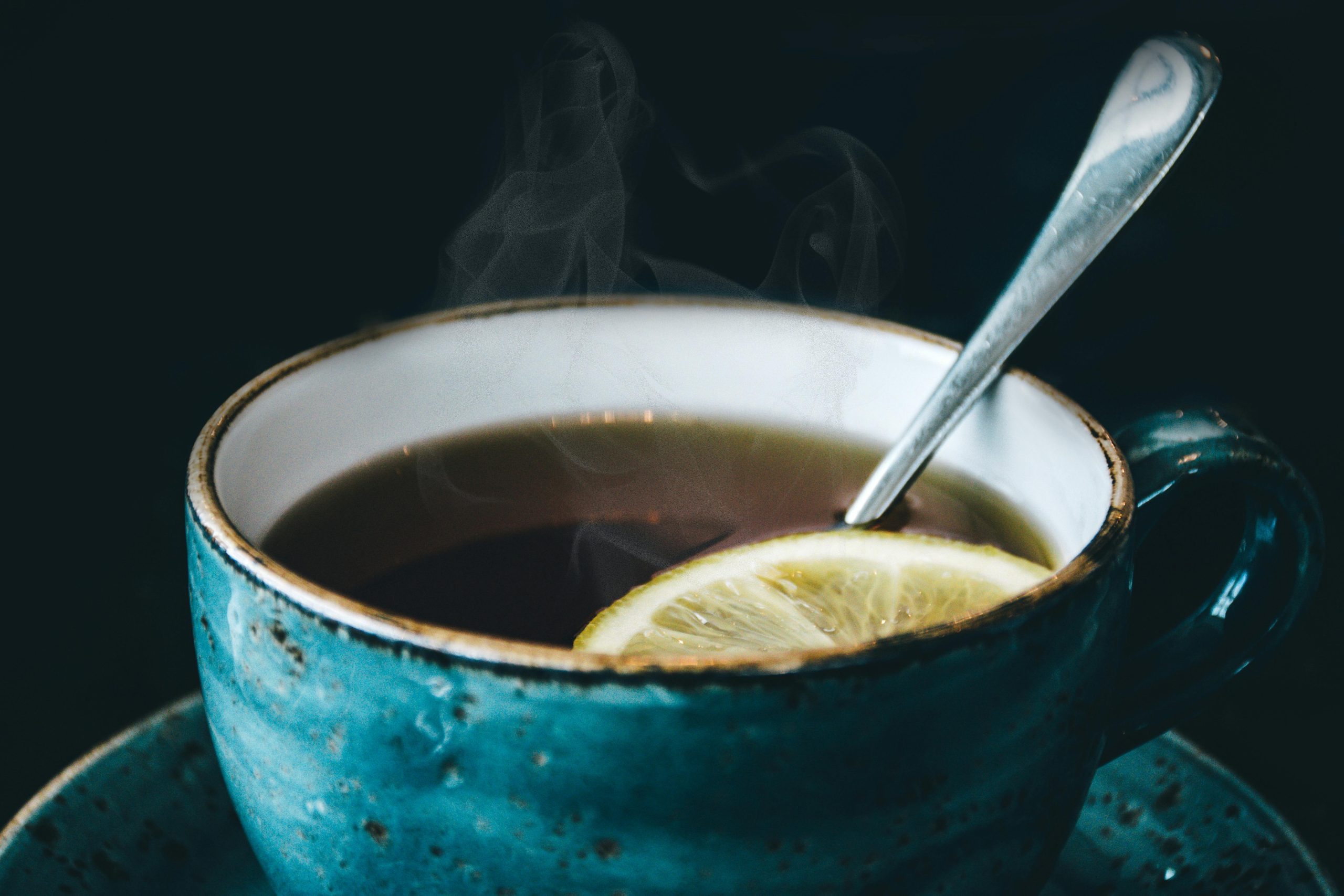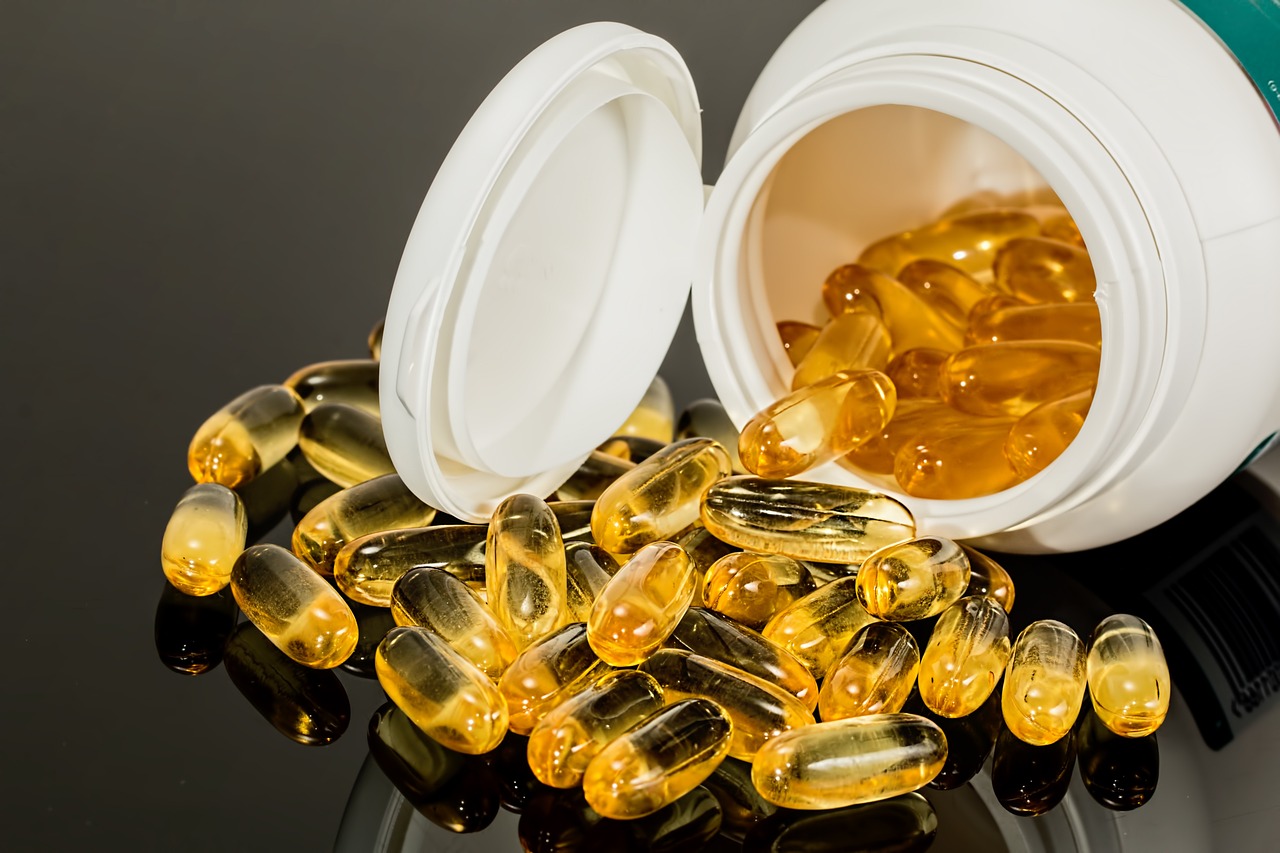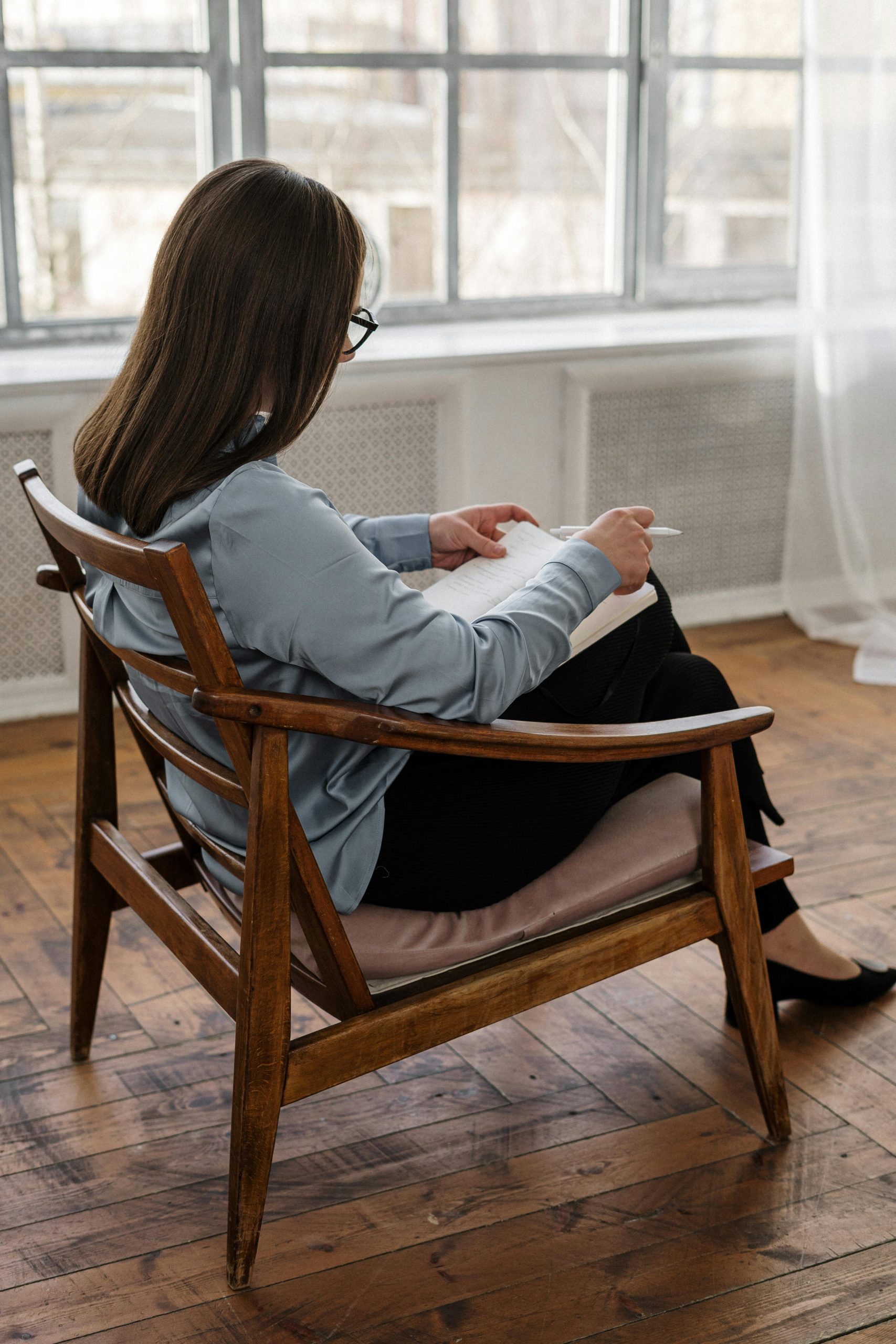Table of Contents
![]()
Black tea is cherished around the world for its robust flavor and invigorating qualities. Whether you’re a seasoned tea enthusiast or a casual drinker, brewing the perfect cup of black tea can make a significant difference in your tea experience. This article will guide you through the essential steps to achieve the ideal cup, from selecting the right tea to serving it with just the right touch.
Selecting the Tea
The first step in brewing a perfect cup of black tea is choosing the right tea. Black tea comes in various types, each with unique flavor profiles. Popular varieties include Assam, known for its bold and malty flavor; Darjeeling, which offers a more delicate and floral taste; Earl Grey, flavored with bergamot orange; and Ceylon, renowned for its bright and brisk characteristics.
When selecting black tea, consider whether you prefer loose leaf tea or tea bags. Loose leaf tea often provides a richer flavor and better quality, while tea bags offer convenience. Regardless of your choice, opt for high-quality tea to ensure a superior taste experience.
Essential Equipment
To brew black tea properly, you’ll need a few key pieces of equipment:
- Teapot or Cup: The material of your teapot or cup can affect the tea’s temperature and flavor. Ceramic, glass, and stainless steel are popular choices, each offering different thermal properties.
- Teaspoon or Measuring Tool: Accurate measurement of tea leaves or bags is crucial for consistent results.
- Tea Infuser or Strainer: If you’re using loose leaf tea, an infuser or strainer will be necessary to separate the leaves from the brewed tea.
- Kettle: An electric or stovetop kettle is used to heat the water to the correct temperature.
Water Quality and Temperature
Water quality plays a crucial role in the flavor of your tea. Always use fresh, filtered water to avoid any unwanted impurities that could affect the taste.
For black tea, the ideal water temperature ranges between 200°F and 212°F (93°C to 100°C). This high temperature ensures that the tea leaves release their full flavor. Heating the water too much can make it boil away impurities, while insufficiently hot water can result in under-extraction, leading to a weak cup. Use a kettle with temperature control for precise heating, or bring water to a rolling boil and let it sit for a few seconds if you’re using a standard kettle.
Measuring Tea
The right amount of tea is essential for a well-balanced brew. A general guideline is to use one teaspoon of loose leaf tea or one tea bag per 6-8 ounces (180-240 milliliters) of water. If you prefer a stronger tea, you can increase the amount slightly or adjust the steeping time. Conversely, for a milder flavor, reduce the quantity or steep for a shorter duration.
Brewing Time
Steeping time is a critical factor in the taste of your black tea. For most black teas, a brewing time of 3-5 minutes is ideal. This range allows the tea to develop its full flavor without becoming overly bitter. Oversteeping can lead to astringency and a harsh taste, so be sure to monitor the time carefully. If you prefer a stronger brew, steep for the full 5 minutes or a little longer, but be cautious not to exceed this to avoid bitterness.
Serving the Tea
Once the tea has finished brewing, it’s important to strain it if you’re using loose leaf tea. This prevents any sediment from settling at the bottom of your cup. If you’re using a tea bag, simply remove it after the steeping time is complete.
Pour the tea gently into your cup to avoid disturbing any remaining leaves. A proper pour helps maintain the tea’s clarity and flavor.
Enhancements and Additions
While black tea is delicious on its own, you can enhance its flavor with a few common additions. Milk, sugar, honey, and lemon are popular choices.
- Milk: Adds a creamy texture and can mellow out the tea’s robust flavors.
- Sugar: Sweetens the tea and balances its natural bitterness.
- Honey: Provides a natural sweetness and can add a subtle floral note.
- Lemon: Adds a refreshing citrus zing that complements the tea’s depth.
When adding these ingredients, start with small amounts and adjust to taste. Be mindful not to overpower the tea’s natural flavors.
Troubleshooting Common Issues
Even with careful preparation, you might encounter some common issues:
- Bitter or Astringent Taste: This can result from oversteeping or using water that’s too hot. To avoid this, adhere to recommended steeping times and temperature guidelines. If the tea is already bitter, try diluting it with a bit of hot water or milk.
- Weak Flavor: If your tea lacks strength, you may need to increase the quantity of tea leaves or extend the steeping time slightly. Ensure that the water temperature is appropriate, as cooler water can also lead to a weak brew.
Conclusion
Brewing the perfect cup of black tea involves careful selection of tea, precise measurement, and attention to detail in brewing and serving. By following these guidelines, you can create a flavorful and satisfying cup of black tea every time. Don’t hesitate to experiment with different teas and brewing techniques to find your ideal cup. Enjoy the process and the rich, comforting flavors that black tea has to offer.
Share This





Be the first to comment